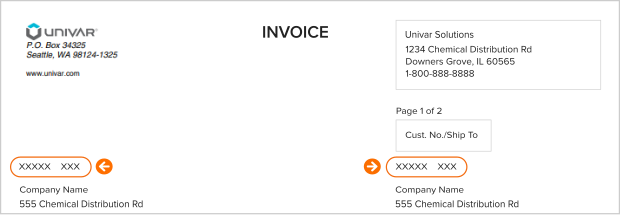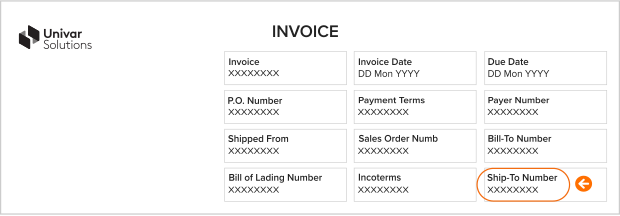We’re here to provide you with more information or help answer any questions you might have. Send us a note and we’ll get back to you as soon as possible.


Hair Conditioning: Benefits & 8 Best Ingredients To Use
At-home hair conditioning products and treatments are enjoying a wave of newly-envisioned formulas and leave-in hair treatments boasting exciting formats and novel ingredients.
The hair conditioning scene is now dominated by proven and popular skincare ingredients, the rise of scalp microbiome care, and expanded haircare routines to encourage moisturization and hydration.
In this article, we'll delve into all you need to know about hair conditioning, including the benefits of hair conditioner & deeper conditioning and the best ingredients for enhancing the health & look of your locks.
Contact Us for Formulation Support
Finding the perfect combination of hair conditioning ingredients for your specific conditioning hair product and consumers’ hair type can seem overwhelming.
That’s why we’re on hand at every step of the formulation process, from concept to creation, to make it simple, stress-free, and successful.
What Is Hair Conditioner?
Hair conditioner is a cosmetic product used to improve the appearance and texture of hair. A moisturizing or conditioning agent, hair conditioners are made up of humectants and emollients as their two primary ingredients, along with oils, silicones, and cationic surfactants (or soaps and detergents).
Hair conditioners are typically applied to wet hair after shampoo and work to replenish moisture that's lost during the shampoo phase. They're typically rinsed out after use.
The much-loved second step of our hair washing routines helps make hair more manageable, softer, smoother, and less frizzy. Hair conditioners can also work to prevent damage to the hair’s shaft and the onset of split ends.
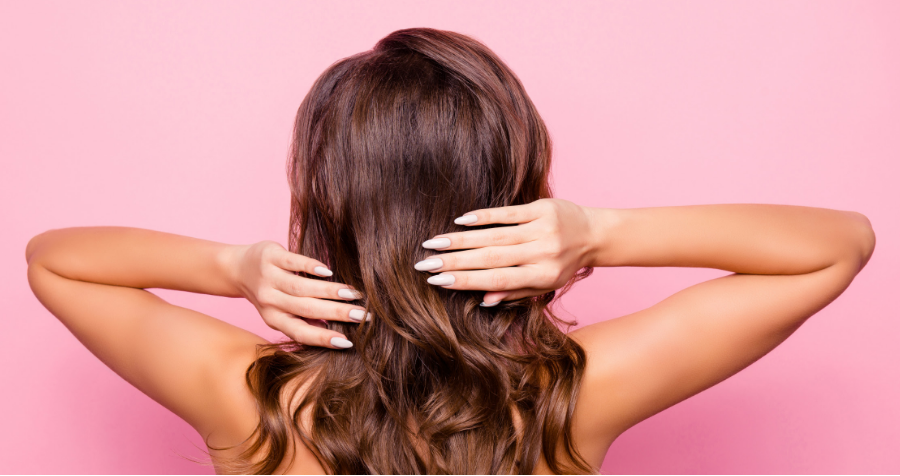



What Is Deep Conditioning?
Deep conditioning is a hair treatment that coats and manages the hair with nourishing ingredients. It's designed to add moisture and strength to the hair to create a slick, shiny, and smooth appearance.
As the name suggests, deep conditioning goes one step further than regular conditioning and is left in the hair for a longer period of time, around 20-30 minutes, before it's rinsed out. Its texture is also thicker, creamier, and heavier than standard hair conditioners.
Deep conditioning can detangle hair, improve smoothness, increase shine, and reduce frizz. The benefits of deep conditioning are also likely to last far longer than regular hair conditioners—even for days after their application—as they reach a deeper level of the hair strand than daily conditioners, which only hit the hair’s surface
Benefits of Using Hair Conditioner
Hair conditioners are products that treat and manage hair to maximize its health and appearance. Shoppers want products that not only help their hair but contribute to their overall health and wellbeing as well. They actively shop and spend on haircare that provides physical advantages and psychological boosts.
Using a hair conditioner can provide many benefits, including:
- It keeps your hair healthy
- It improves your hair’s appearance
- It's a convenient at-home treatment
- It’s a luxurious and spa-like act of self-care
- It encourages a healthy scalp
- It can help to avoid hair loss and combat damage
- It reduces frizz
- It makes your hair easier to manage
- It promotes softer and shinier hair
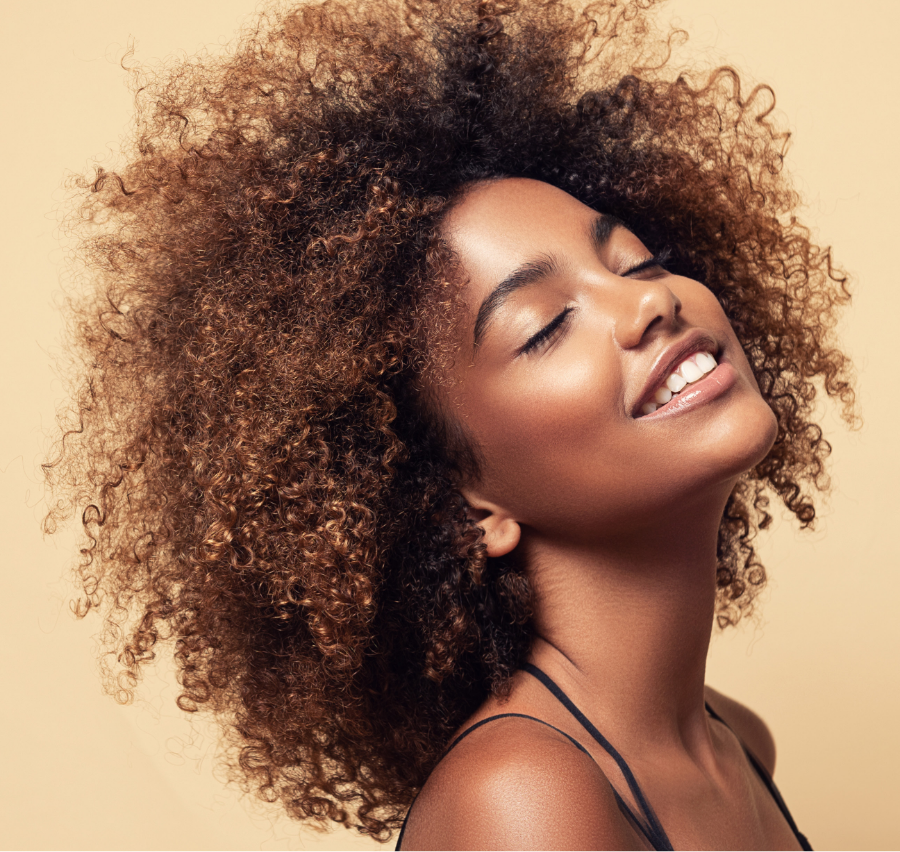

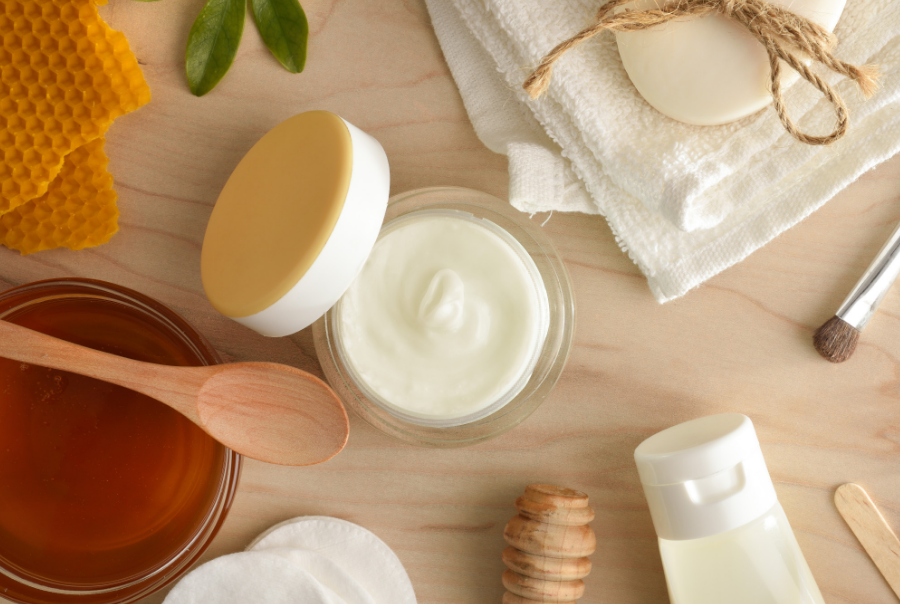

Types of Hair Conditioner
Regular Hair Conditioners
A regular hair conditioner is typically the second stage of a consumers’ hair washing routine. Applying hair conditioner follows shampooing and is typically left on the hair for at least three minutes, before being rinsed out.
Sometimes referred to as surface conditioner, regular conditioner gets this name as it is designed to only hydrate the outer layer of the hair strand. Regular hair conditioner products work to ensure the surface layer receives all of the product’s intended and beneficial properties.
Regular hair conditioners can help to detangle the hair and reduce frizz, while also increasing its smoothness, moisture and shine.
Deep Conditioner
A deep conditioner provides hair with much-needed moisturization, improving its health and manageability by luxuriating locks with a longer and deeper treatment. It's a thick and creamy hair treatment applied to the hair and left on for some time before being rinsed out.
Deep conditioners are packed with more nutrients than regular hair conditioners. These additional humectants, emollients, and hydrolyzed proteins amplify the moisturization and strength-based benefits of hair conditioning.
Deep conditioning takes place after shampooing and soaking wet hair to encourage easy detangling and maximum absorption. Detangling the hair from the ends right up to the roots promotes sought-after shine and smoothness, removing knots and tangles while avoiding damage.
After application, consumers should rinse their hair with cold water to close and protect the hair’s cuticle—leaving it to enjoy the benefits of the hair conditioning treatment.
Cleansing Conditioner
A cleansing conditioner (or co-washing or conditioner-only washing) cleanses, conditions, and nourishes the hair and scalp of dirt, oil, and product build-up.
As a temporary no-shampoo treatment option, cleansing conditioners are 2-in-1 products that aim to combine the very best of shampoos and conditioners.
However, it doesn’t mean it’s time to throw away the shampoo bottle yet, as cleansing conditioners do not create the lathered-up, soap-sudsy feel that shampoo users know and love. As cleansing conditioners can feel strange in contrast to traditional shampoos, they are recommended for use every few days so consumers can alternate with daily shampoo to provide a gentler alternative.
Cleansing conditioner formulas are ideal for haircare consumers with sensitive, dry, and damaged hair. They contain gentle surfactants that effectively remove dirt and the accumulation of haircare products while still being mild enough for daily use. Cleansing conditioners offer tender loving care to tresses by nourishing the hair without an additional haircare step.
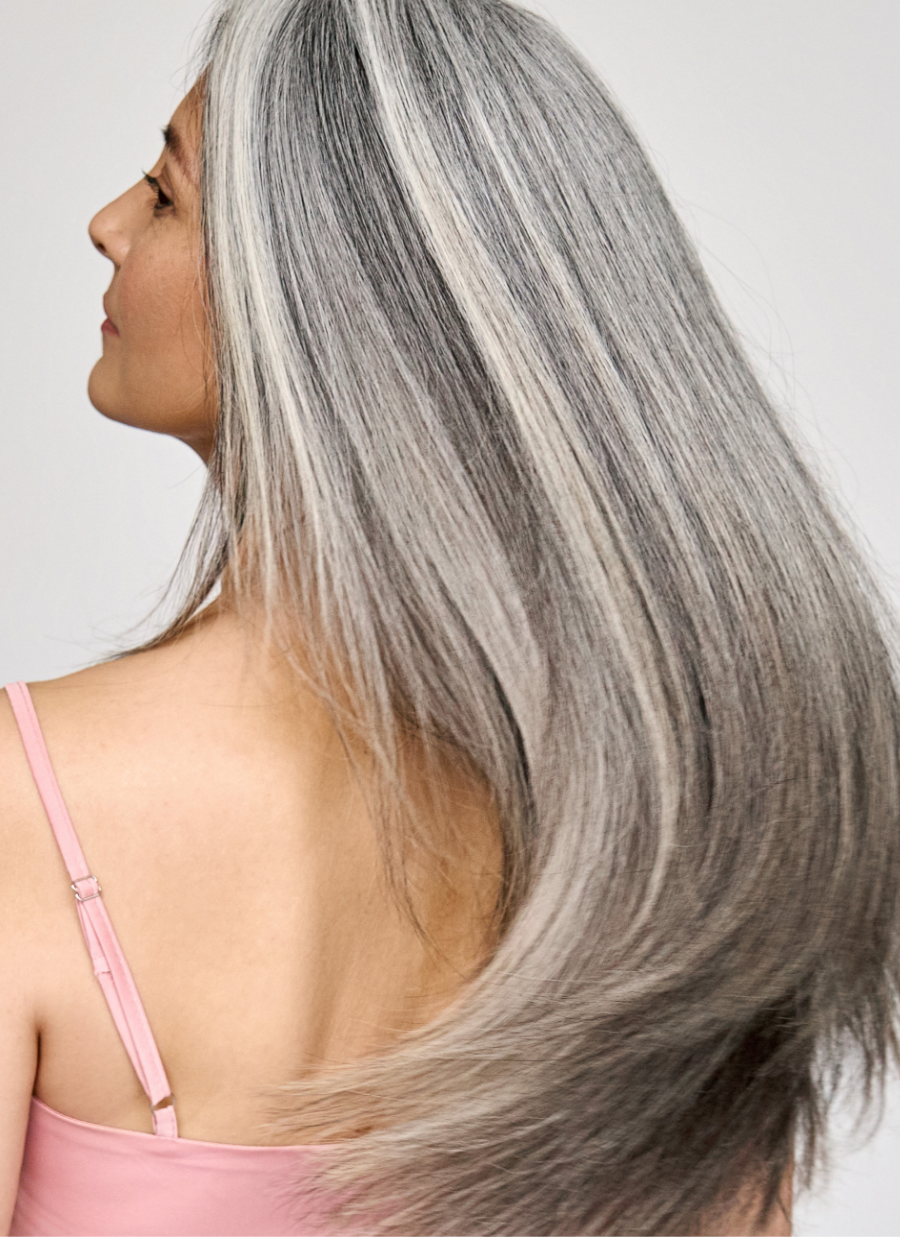

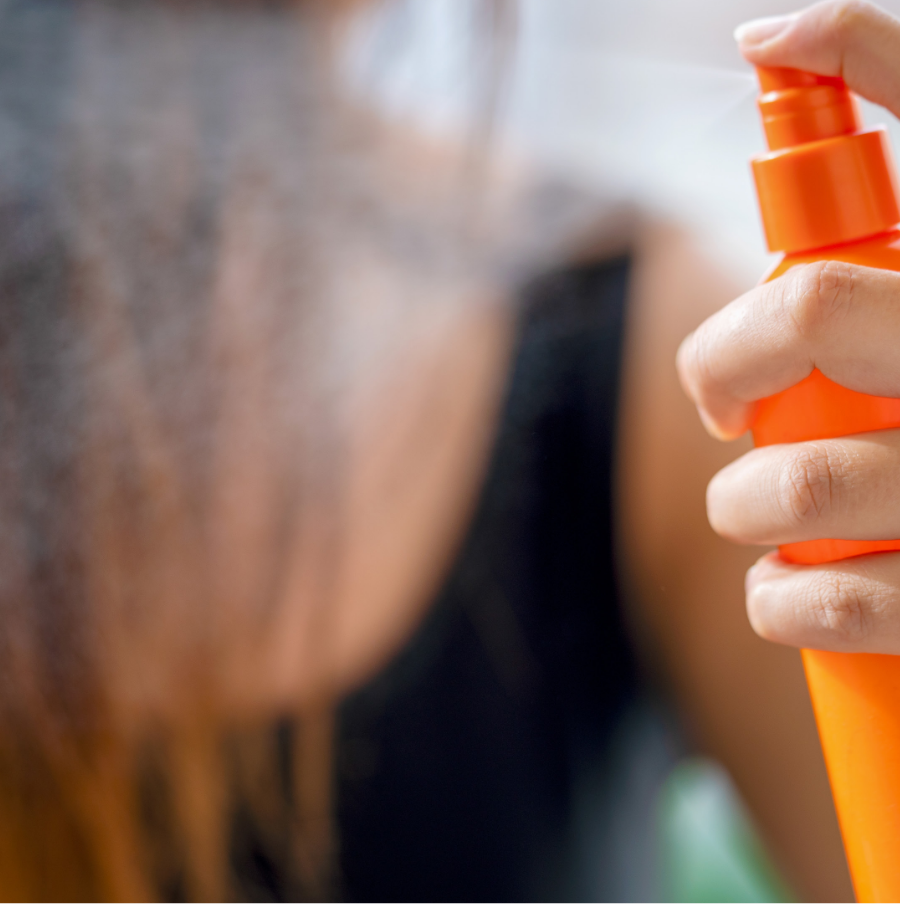

Leave-In Conditioner
A leave-in conditioner (or no-rinse or leave-on conditioners) treats the hair after washing but before drying (though towel-dried hair is ideal) and styling it.
Leave-in conditioners do what they say on the jar (or bottle or spray!) and are not washed out of the hair. Instead, they remain attached to hair strands and penetrate the hair shaft to encourage detangling, add moisture and hydration and protect it from damage—helping to keep the overall look and feel of the hair healthy.
Products can be applied after shampooing and conditioning (yes, it does not have to replace regular conditioners). Leave-in conditioners are usually a more lightweight texture and are designed for various hair types, including dry, fine, damaged, textured, or color-treated hair. To make the most out of its moisturization properties, people with thicker hair may need to use more leave-in conditioner than those with fine hair.
Dry Conditioner
A dry conditioner provides moisture, fights frizz, detangles tresses, and stimulates shine.
The dry and water-free product is sprayed onto hair after being washed and dried, appealing to haircare consumers' demand for waterless formulations. Dry conditioners are also ideal to use as a finishing spray to hydrate dry hair or give it a touch-up during the day, especially in hot and humid climates.
1. Water
Water is used to formulate virtually every cosmetic and personal care product. It can be found in lotions, creams, makeup, moisturizers, personal care items, skincare, shampoo—and of course, hair conditioners.
Hair conditioner shoppers are looking for healthy and hydrated tresses, and water is the number one natural moisturizer for our locks, making it a must-have in hair conditioners.
2. Olive Oil
Olive oil is a natural ingredient that's known for its conditioning properties. It's respected and loved among hair conditioning aficionados for its ability to moisturize and strengthen hair.
Another plus of olive oil in hair conditioning formulas is that the oil penetrates the hair shaft, preserving moisture and adding softness. It can help to smooth hair as well as reduce frizz. The shine often attributed to olive oil may also be due to the oil's ability to smooth the hair's outer cuticle.
Olive oil is considered a leading hair conditioning ingredient in dry and thick hair. It’s also a proven and popular ingredient to use on chemically-treated hair and to treat hair damage such as split ends.
3. Behentrimonium Chloride
Behentrimonium chloride is an effective hair conditioning agent with antistatic and emulsifying properties. Haircare consumers are seeking conditioning products that pack plenty of moisture into their locks. Behentrimonium chloride boasts the amount of moisture content in the hair and provides manufacturers with a trusted and stabilized ingredient for hair conditioning formulas.
The naturally-occurring ingredient is a popular choice in both hair conditioners and masks. Behentrimonium chloride, which comes from the Brassica rapa olifera (or rapeseed) plant’s seeds, helps reduce static and frizz in hair, making it smoother and more manageable. It also helps to keep oil and water in balance, creating a healthy, lustrous shine.
Behentrimonium chloride is a type of trimonium which forms cationic chains that interact with the anionic charges in the hair’s protein structure. The attraction results in the ingredient’s conditioning properties, which are then passed onto the hair.
4. Cetyl Alcohol
Alcohols are often associated with a drying effect on the scalp, but this isn’t the case for all. Some alcohols are put into haircare formulations for their immense hydrating and conditioning effect. Cetyl alcohol is one of them—and it has been recognized for its ability to work wonders in hair conditioners.
Cetyl alcohol is a fatty alcohol that's often used in hair products. This fatty alcohol, derived from plants, is popular in major haircare products to relieve hair-related concerns. It's heavier than ethanol, for example, giving more hydration and moisturization to the hair for longer.
The presence of cetyl alcohol in haircare products helps improve the manageability of hair and seal in moisture. It also helps to soften and smooth hair, providing shine and nourishment from root to tip, creating voluminous and vibrant hair.
5. Glycerin
Glycerin belongs to a key group of ingredients in hair conditioners, humectants. Humectants, and glycerin, in particular, are loved by consumers as they attract moisture from the environment and deep within the skin, bringing it to the surface. The moisture is absorbed, given to the hair, and locked in to provide hydration.
Adding glycerin to a haircare routine can provide a much-needed moisture boost, particularly for consumers with dry hair. A 2016 study found glycerin to be “the most effective humectant” compared to alpha-hydroxy acids, propylene glycol, butylene glycol, urea, and sorbitol.
6. Benzophenone
Benzophenone is an aromatic ketone that possesses UVB and UVA absorbing properties, designed to filter out harmful ultraviolet (UV) radiation. Benzophenones are a type of organic compound often used in sunscreens and provide beneficial properties in a range of haircare products, including shampoos, hair sprays, and hair conditioners.
The ingredient works to protect the hair cuticle from UV damage. It also aims to preserve the results of specific chemical treatments such as hair dye use. It does this by maintaining the integrity of different ingredients and effects, such as color, scent, and stopping them from deteriorating in the sun.
7. Dimethicone
Dimethicone is a type of silicone ingredient popular in hair conditioners for its ability to control frizz and give hair extra slip and shine.
It's often used to create hair conditioning formulas as it's known to detangle and smooth hair. Dimethicone can smooth down and bind the cuticles to the hair strand, giving it a silky texture and shine. It’s also valuable for heat-damaged hair as it has heat protectant benefits that help combat the impact of thermal styling.
Dimethicone creates a protective barrier on the hair’s outer layer, known as the cuticle, which contributes to the hair’s healthy appearance. However, it does not fully protect against water entering or escaping the hair cuticle. It comes in various polymer sizes and consistencies, from thin fluid to thick, gooey varieties.
The ingredient is not water-soluble and, therefore, consumers perceive it to be hard to rinse off. Haircare shoppers may actively avoid it for its association with coating tresses with a greasy-like texture. However, dimethicone is recognized by the International Journal of Trichology for its ability to protect the hair shaft from abrasive handling, contributing to healthy and effective management. It is also known for its ability to develop hair strand density, giving the appearance of sought-after volume and lack of breakages.
8. Fructose
Fructose is a simple sugar molecule that is made up of glucose. It’s a water-soluble, colorless, and odorless crystalline substance with a sweetish taste. It’s a carbohydrate commonly found in various foods, such as fruits and honey, and is also produced commercially from sugar cane, sugar beets, and corn.
But what does all of this mean for hair care and hair conditioning, in particular? Well, fructose is known to have water-binding properties for hair, helping to hydrate and lock in moisture (the number one benefit shoppers want to see in their hair conditioning selections).
Fructose has hygroscopic properties, which means the material can attract and keep water molecules by absorbing and adsorbing them from their surroundings. Absorbing refers to the complete absorption of a liquid into an absorbent material, while adsorbing relates to single molecules, atoms or ions gathering on the surface of a material. It works to condition the hair, softening and protecting it from environmental factors, making it a popular choice for hair conditioning formulas.
Tips For Formulating Hair Conditioner Products
-
Design your hair conditioning formula for a specific hair type, need, or concern.
-
Inspire and invigorate hair conditioning innovations by using hero skincare-related ingredients. Skincare remains an influential big sister to haircare.
-
Add scalp care benefits to your hair conditioning product. Scalp care formulations emphasise the importance of strengthening and caring for hair. They also focus on cleansing and moisturizing the scalp without stripping hair strands.
-
Consider health and wellness needs such as how your hair conditioner can help to enhance confidence and self-esteem and form part of a much-loved self care routine. Consumers want to find products that can help improve their external health and appearance as well as their internal wellbeing.
-
Explore eco-conscious formats that involve zero waste, such as conditioner bars, powder formats, and single-use tablet options that optimize water use.
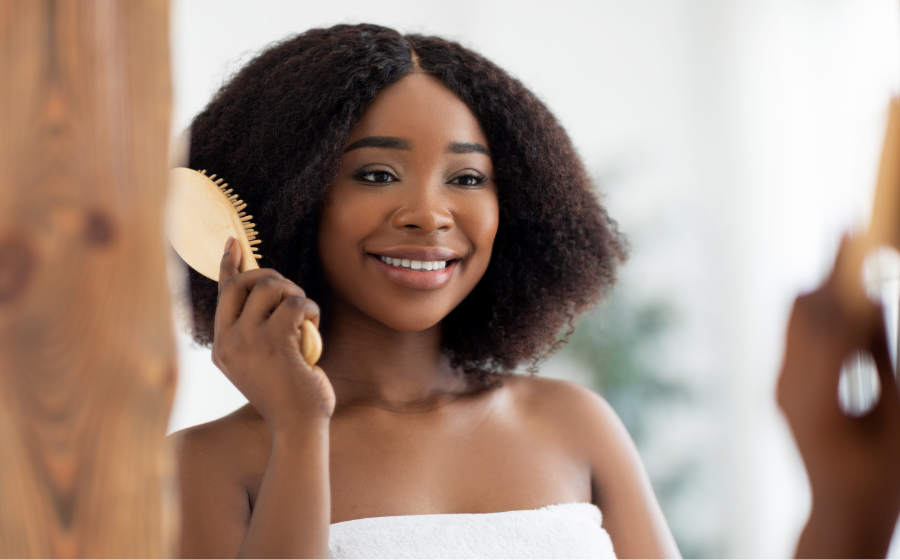

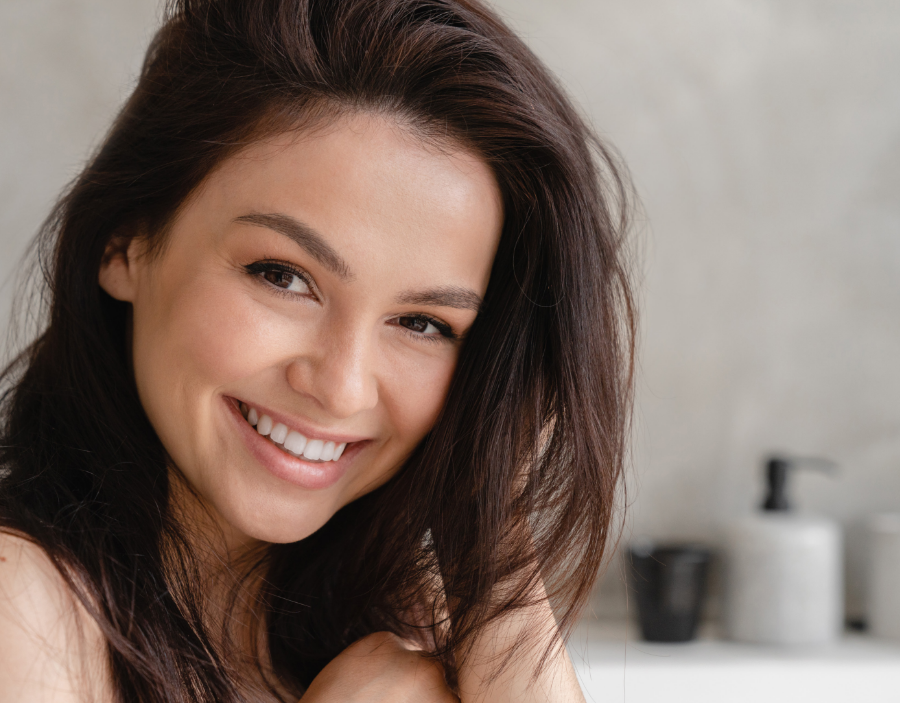

Shop Ingredients for Hair Conditioner Products
Whether you’re looking to create a deep, cleansing, leave-in, or dry conditioner, there’s a wide range of effective and in-demand ingredients to choose from.
Take a look at our entire ingredient portfolio for inspiration and ideas for your next hair conditioning product.



